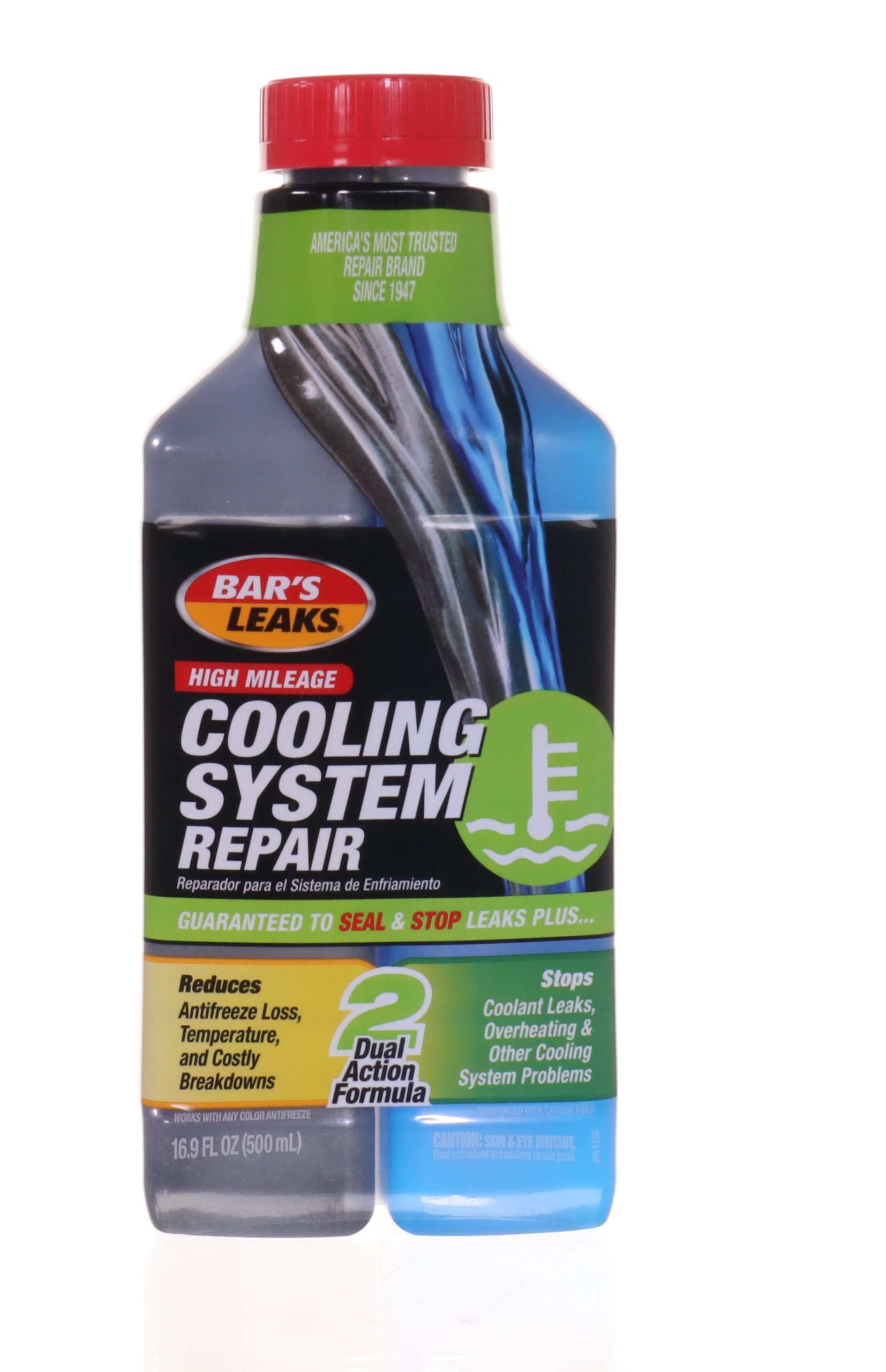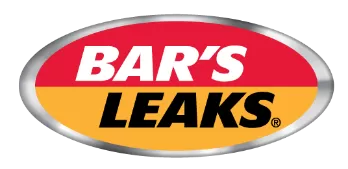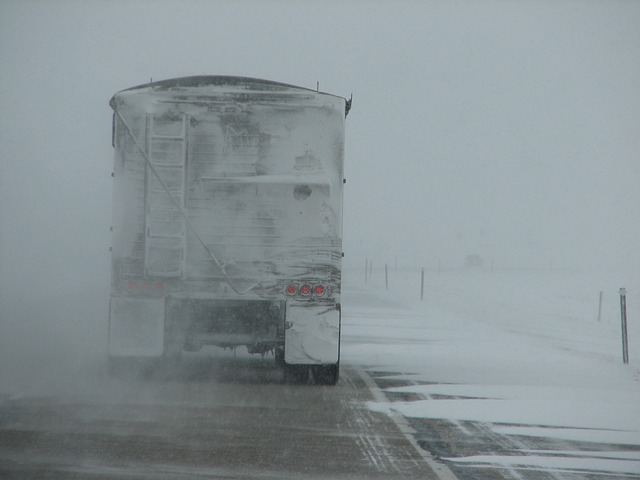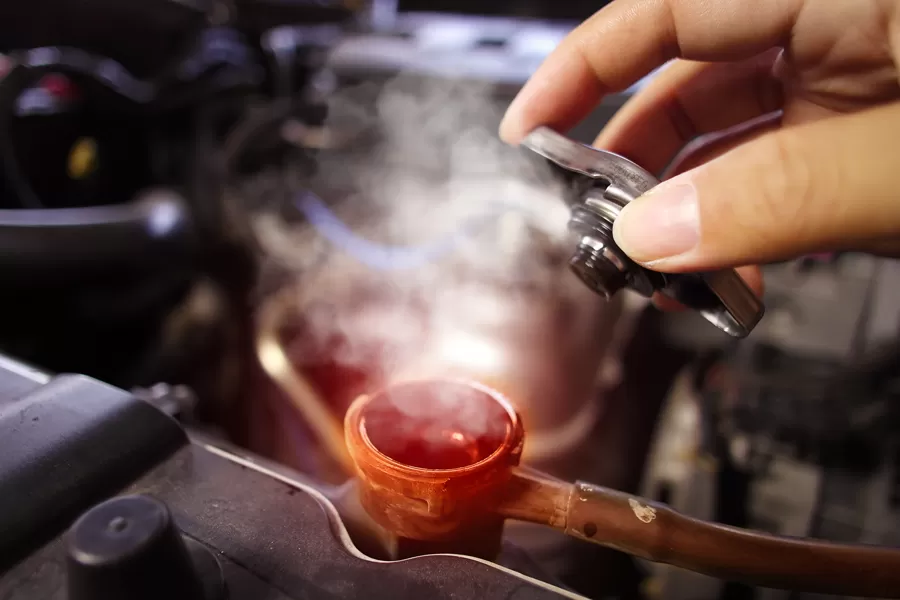Causes of Leaking Coolant or Antifreeze
Let’s be honest: any fluid leak in your vehicle is a problem. When fluid leaks out of your car and into the environment, it can cause your vehicle to run poorly or even suffer considerable damage if the leak is left unattended over time. Being able to recognize and determine the cause of a coolant or antifreeze leak can help you avoid major problems. Here at Bar’s Leaks, we have over 70 years of experience in the leak repair business and have developed award-winning products to stop many radiator and cooling system leaks. In fact, we are the #1 brand in the United States when it comes to solving automotive leaks without expensive hard-part physical repairs.
Check out the below list of common sources of coolant leaking and be ready to take action at the first sign of a leak under your vehicle.
Coolant Leak Symptoms
When a coolant leak gets bad enough, the level of coolant in your cooling system will drop, and your engine will overheat. This is not what you want to be dealing with. Long before that happens, you can often detect the start of a coolant leak at these common coolant leaking locations:
- At your radiator: A cracked or corroded radiator can allow coolant to seep or stream out if the leak gets bad enough. Watch for coolant pooling under your vehicle or collecting along the bottom of your radiator.
- At your coolant hoses: As rubber coolant hoses get old, they can start to get hard and brittle. Even a small crack will let coolant escape your cooling system, so check your hoses from time to time to be sure they aren’t starting to leak.
- At your coolant reservoir: The overflow reservoir for your radiator has a hose at the bottom to allow coolant into the system as the level gets low. Leaks here can often be stopped by tightening a loose clamp. No need for a fancy repair or one of our products – chances are the clamp is the problem here.
- Internal car coolant leak: This type of leak can be harder to detect, as a head gasket leak generally allows coolant to leak into the engine where it is burnt off. Watch for white smoke and strong smells.
Coolant in older vehicles is bright green and can be orange, pink or blue in newer models. This makes identifying a coolant leak easier, as the coolant is very visible on the ground and under your hood. At the first sign of a leak, consider using one of our most popular cooling system treatment products, such as Cooling System Repair (part 1150). It’s one of our most comprehensive cooling products ever, and in addition to stopping coolant/antifreeze leaks, it restores any lost performance that has happened to your cooling system over time and miles driven.

If you have questions about our Cooling System Repair and whether it can help your situation, contact our customer support team and we’ll point you in the right direction. Or if you know what you want, you can use our handy online locator to find a store near you.
Thanks for trusting Bar’s Leaks to make quick work of stopping your coolant leak! If you’d rather hit us up on Facebook, you can hook up with us right here.(goes to new website)(opens in a new tab)



